Proactive Safety Powered by AI
24/7 unsafe event capture, revolutionizing how enterprise EHS teams make proactive safety decisions.
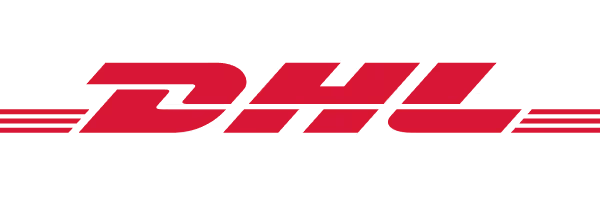
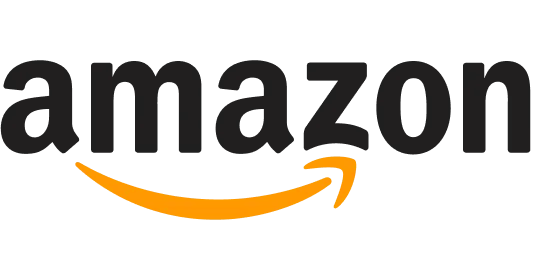

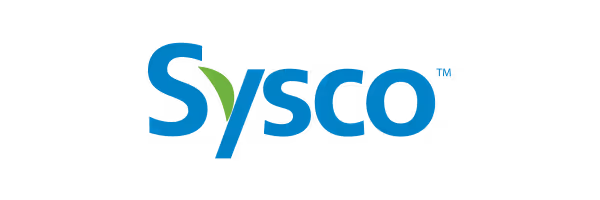
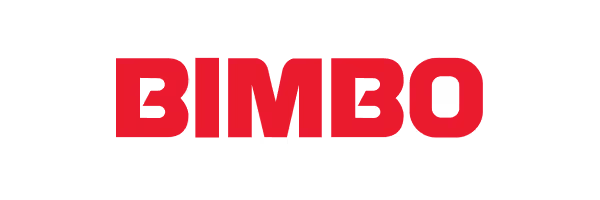


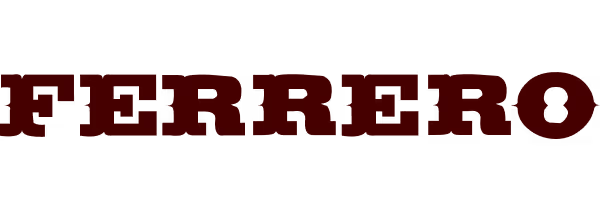

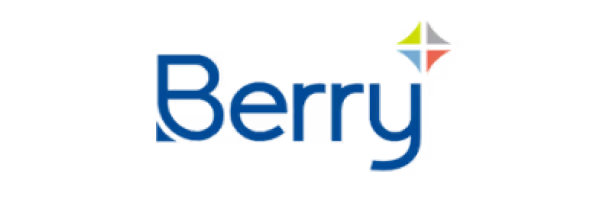
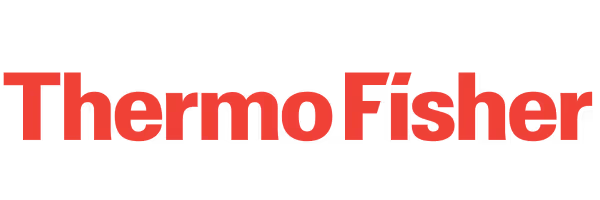
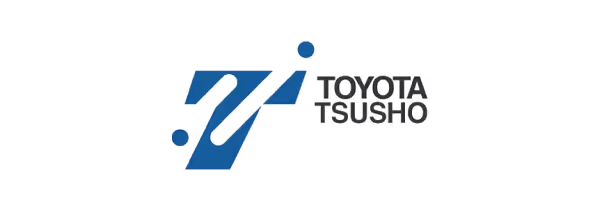
Our Product
Discover our enterprise-grade solutions and capabilities that empower EHS and operations leaders to make more proactive, informed decisions.
Privacy & Security
Data privacy is paramount. We safeguard your information with on-premises, non-identifiable processing and advanced anonymization, ensuring uncompromised security and confidentiality
Copilot Gen-AI Tool
In complex environments, managing safety risks across multiple dashboards and files is tough. Protex Copilot streamlines it with custom insights, easing operations.
Reporting
Get a customizable, real-time view of event, camera, and rule data. Configure site-specific reports and instantly access actionable insights through our integrated platform.
EHS Management Integrations
Protex integrates with your EHS stack, simplifying workflows. It centralizes leading indicators into one hub, providing actionable safety insights.
Watch Our 2-Minute Demo Video
Looking to learn more about revolutionizing how you and your team make proactive safety decisions that help contribute to a safer work environment?
Industry Specialism
Empowering enterprise teams globally across diverse industries with proactive decision-making.
Logistics & Supply-Chain
Improve risk visibility across logistic and supply change environments.
Retail & Wholesale
Enhance safety & operational awareness across retail & warehouse operations.
Industrial Manufacturing
Boost safety insights across your logistics and manufacturing facilities.
Food & Beverage Manufacturing
Enhance safety awareness across your food & beverage environments.
Ports & Maritime
Strengthen risk visibility across your ports and maritime facilities.
Warehousing
Improve risk visibility throughout your warehouse environments.
Ask The Expert
Here are some common questions our product experts have been asked by EHS professionals around the topic of Al safety. If you have any question in particular that you need answered please don't hesitate to contact us.
AI-powered predictive analytics can be used to detect patterns of risk over time by collecting data from various sources such as CCTV, wearables, or IoT devices. AI technology can also be used for real-time risk assessment in hazardous environments. This technology uses computer vision and machine learning algorithms to analyze video streams from cameras installed in hazardous areas and detect any potential risks or unsafe behaviors that could lead to injury or illness.
Another way AI helps with hazard prevention is through automated compliance monitoring. By using AI-powered systems such as natural language processing (NLP), organizations can automate the process of monitoring regulatory standards and requirements related to safety policies and procedures.
The first step in identifying workplace hazards is to conduct regular inspections of the area. This should include physical inspections as well as reviewing any relevant safety data, such as accident reports and near-miss incidents.
This involves examining any potential exposure employees may have to hazardous materials or environments and taking steps to reduce that exposure.
An assessment of potential psychological issues that employees may face must also be included. AI powered computer vision solutions integrate with CCTV infrastructures to help identify hazards autonomously across various working environments.
The first step in preventing false positives is clearly defining what constitutes a near miss. Your organization should have a working definition of the term and specific criteria for what qualifies as a near miss incident. In order for reporting systems to work properly and avoid false positives, employees need training on how to report an incident correctly. Another way to reduce false positives is by regularly reviewing errors in your reports. This means looking out for duplicates or inaccurately categorized incidents in your reports, identifying trends or patterns in reported errors, and taking corrective action where needed.
Proactive Safety Powered by AI
24/7 unsafe event capture, revolutionizing how enterprise EHS teams make proactive safety decisions.









